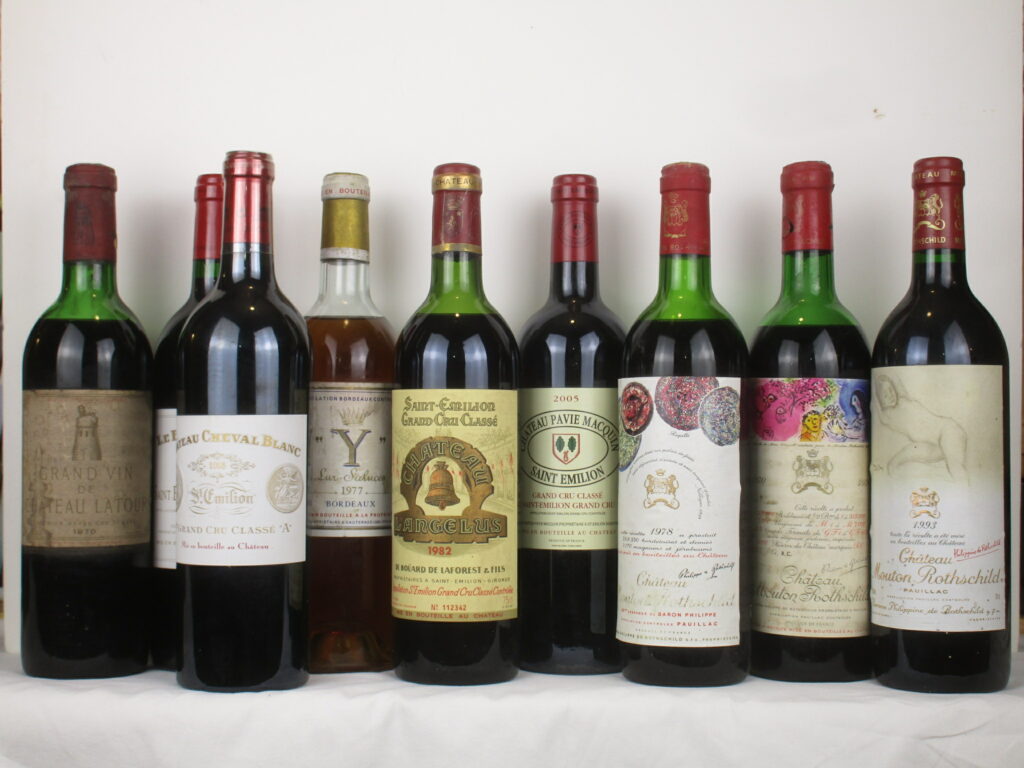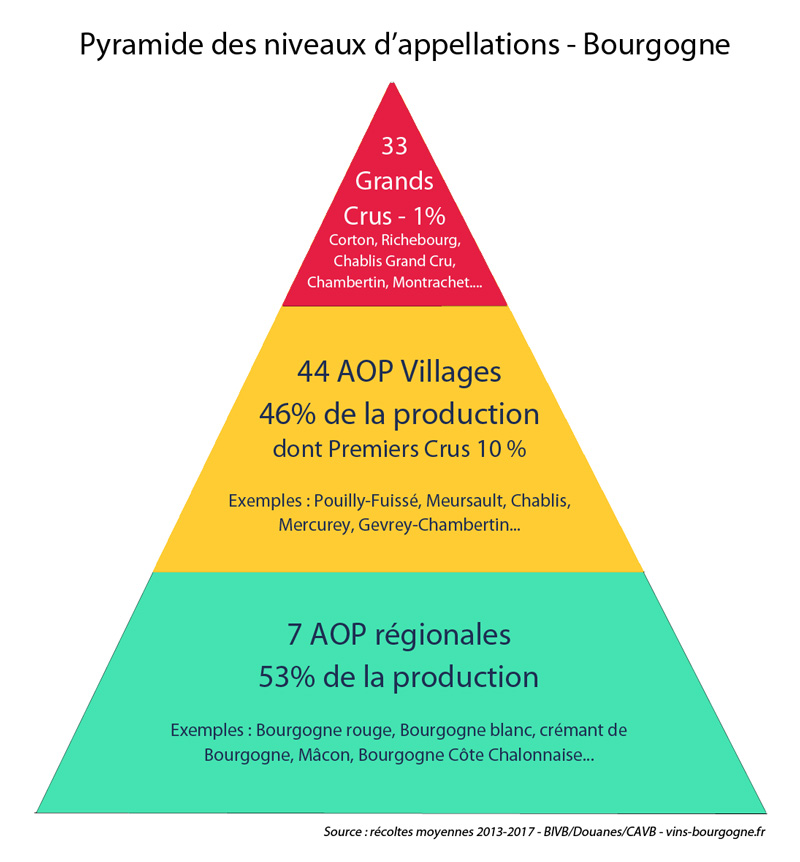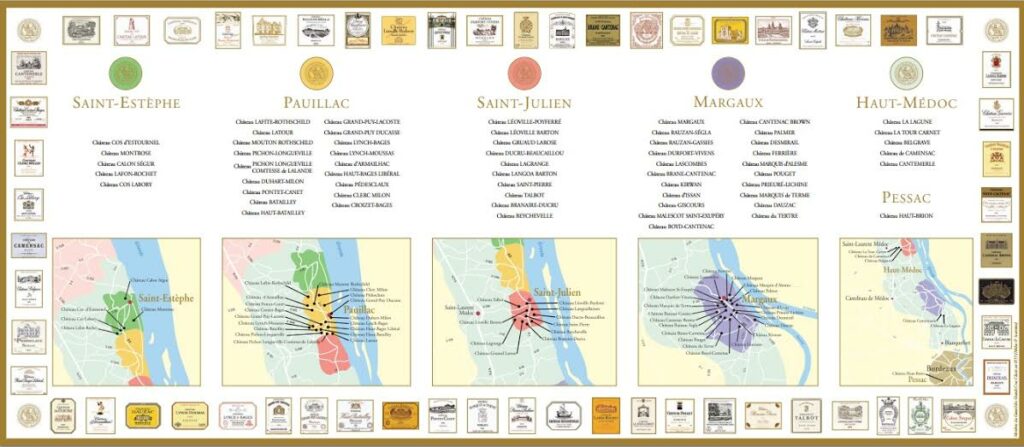The world of wine is both captivating and complex. It abounds in a variety of terms which, although commonly used, are often misunderstood or misinterpreted.
Two of these terms, "Grand Cru" and "Premier Cru", are very recurrent, but their precise meanings remain a mystery to many. This article, brought to you by Oeni, your personal sommelier available on iOS and Android, aims to lift the veil on these two classifications and help you better understand the subtle differences between Grand Cru and Premier Cru wines.
Origins and background
The appearance of the terms "Grand Cru" and "Premier Cru" can be attributed to the establishment of the French wine classification system. This system was introduced to evaluate and reflect the quality and prestige of a wine. It is based on the concept of "terroir", which encompasses the environmental, geographical and human factors that influence the character of a wine. It encompasses soil, climate, vineyard topography and viticultural methods.
"Grand Cru" literally translates as "great harvest" and "Premier Cru" as "first harvest". However, it's essential not to get these terms wrong. A Premier Cru is not the first in terms of quality. Rather, it is a denomination that places it in second place, behind the Grand Cru.
The classification system originated in Burgundy, in eastern France, and dates back to the 19th century. It was subsequently adopted in other wine-producing regions, such as Champagne and Alsace. In these regions, wines are classified according to the exact plot where the grapes are grown, reflecting the specific terroir.

The classification system and its impact on Quality
In Burgundy, Grand Cru wines come from the most prestigious vineyards, and represent only about 1% of the region's total wine production. Premier Cru wines, on the other hand, come from vineyards judged to be of excellent quality, but a notch below Grand Cru. They account for around 10% of total production.

It's important to note that these classifications are specific to each region and are not transferable from one region to another. In Bordeaux, for example, the term "Grand Cru" is used in a different way. It is attributed to a historical classification of the region's châteaux, with no link to specific vineyard plots.

Distinctive features and impact on price
Both Grand Cru and Premier Cru wines are renowned for their high quality, aromatic complexity and ability to age well. However, Grand Cru wines are generally perceived as having an even more exceptional and unique character, due to the specific terroir from which they originate.
In terms of price, Grand Cru wines tend to be significantly more expensive than Premier Cru wines. This is due to their presumed quality, relative rarity and high demand. However, Premier Cru wines often offer excellent value for money, offering very high quality at a more affordable cost.
In conclusion
The distinction between Grand Cru and Premier Cru wines is based primarily on the quality of the terroir in which the grapes are grown. Grands Crus come from the most prestigious vineyards, while Premiers Crus come from vineyards of high, but slightly lower quality. This distinction is reflected in both the quality and price of the wine, with Grands Crus generally perceived as superior and more expensive.
Nevertheless, each wine is unique, and these classifications are only guidelines. Personal taste, the occasion and the dish with which the wine is enjoyed always play a decisive role in the choice of wine. Premier Cru wines, for example, often offer a more affordable alternative, while still offering outstanding quality.





